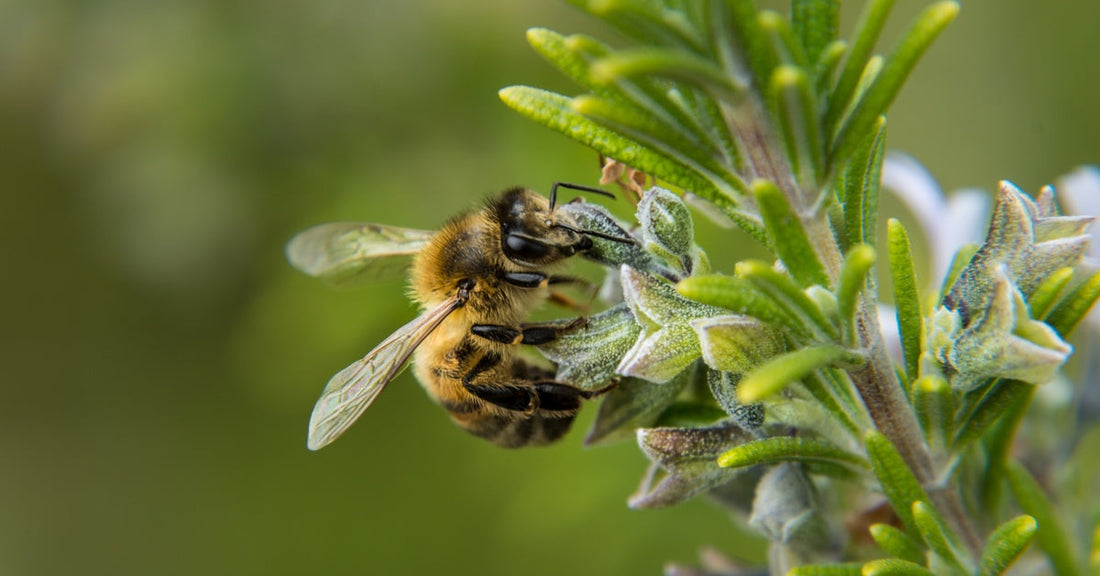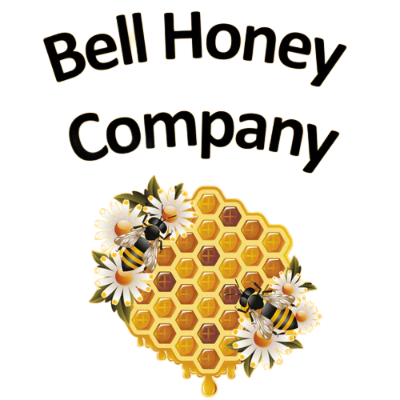
7 Plants To Use in a Bee-Friendly Garden
Share
Bright blooms, fragrant herbs, and the soft hum of bees moving between blossoms create a beautiful outdoor space that plays a vital role in supporting our ecosystem. By planting intentionally, we can create a haven for our hardworking pollinators. If you’re ready to grow your own buzzing sanctuary and make a difference, start with these seven key plants to use in a bee-friendly garden.
Bee Balm
Bee balm is a magnet for pollinators. With vibrant red, pink, purple, or white flowers, this perennial doesn't just attract bees; it brings butterflies and hummingbirds into the mix, too.
Bee balm’s rich nectar content makes it irresistible. Plus, its long blooming season, running from early summer to late fall, ensures bees have a consistent food source.
Beyond its appeal to pollinators, bee balm is a hardy, easy-to-grow plant that thrives in sunny spots with well-drained soil. Its cheerful blooms also add bold splashes of color to your outdoor space.
Fruit Trees
Trees might not be the first thing that comes to mind when thinking about a bee-friendly garden, but fruit trees are an excellent choice.
Apple, peach, cherry, and plum trees offer bees a jackpot of pollen and nectar during their flowering cycles. These blossoms often appear in early spring, providing much-needed nourishment as bees emerge from the colder months.
If you have space for even a small orchard or a single tree, you'll not only help your local pollinators but also enjoy the benefit of fresh, homegrown fruit. Imagine picking apples from a tree you know helped sustain your local bees. It's a win for everyone.
Herbs
Herbs are a fantastic, multipurpose addition to any garden. While they enhance your culinary creations, they also serve as a buffet for bees. Their small, often delicate flowers hold lots of nectar. Here are four herbaceous stars your buzzing visitors will love:
Basil
Basil brings its unmistakable scent into the garden, a characteristic beloved by humans and bees alike. Once it begins flowering, bees flock to its white or lavender blooms, drawn by the abundant nectar.
This easy-to-grow herb thrives in pots or garden beds, making it a versatile choice for any gardener. Leave some basil to flower, and you’ll create a double-purpose plant that flavors your pasta dishes while nurturing native bees.
Dill
The bright yellow umbrella-like flowers of dill make it another bee favorite. Dill thrives in sunny areas and also attracts other beneficial insects, such as ladybugs, hoverflies, and butterflies. While bees bask in its blossoms and butterflies start their journey, you can enjoy fresh dill fronds for pickles or seasoning your favorite dishes.
Parsley
This often-overlooked flowering phase is a hidden treasure for pollinators. When parsley bolts and begins to flower, its tiny white or yellow blossoms create a feeding frenzy for bees.
Parsley is a biennial herb, meaning it flowers in its second growing season, so leaving some to mature will reward local bees without sacrificing your harvest. Combine parsley’s practical use in the kitchen with its value for your bee-friendly space for a win-win that benefits both you and your buzzing visitors.
Cilantro
Cilantro offers fleeting, tiny clusters of white flowers that bees absolutely adore. This herb transitions quickly from leaf stage to flowering, so even if you decide its flavor isn’t for you, you can still grow it as a pollinator-friendly plant.
Lavender

If there’s one plant that epitomizes serenity and beauty, it’s lavender. Its aromatic, purple spikes draw bees almost as readily as they captivate humans. Lavender's thick clusters of blossoms are full of nectar, and it blooms for months—making it an essential addition to your bee-friendly garden.
Lavender thrives with plenty of sun, and as a bonus, its drought-tolerant nature makes it an attractive option for responsible gardening practices. When bees mingle amongst your lavender, the soft hum and relaxing scent meld into an almost meditative garden experience.
Mountain Mint
This lesser-known gem is a powerhouse for pollinators. Mountain mint tops the list in sheer bee popularity, often drawing far more activity than other garden plants. Its dense clusters of delicate, white blooms provide ample nectar, and its long flowering season ensures a steady source of food.
Not to mention, mountain mint offers a refreshing, slightly spicy fragrance that makes it a joy for gardeners as well. Give it a sunny spot and it will thrive, turning your garden into a hotspot for local bee colonies.
Sunflowers
Sunflowers are another one of those perfect plants to use in a bee-friendly garden. These golden giants do more than brighten your garden—they buzz with biodiversity. Bees gravitate toward their large faces to collect both pollen and nectar.
With varieties that can grow as tall as 15 feet, sunflowers offer a feast for pollinators across a large surface and create joyful memories for your guests. They’ll work in gardens of all sizes, with dwarf sunflower variants available for smaller spaces.
Once the blooms fade, the seeds provide a nutritious snack for birds, or, if you’re feeling creative, you can roast them as a snack for yourself. A sunflower adds energy and life to any outdoor space while supporting your buzzing buddies.
Marigolds

Bright, bold, and unmistakably cheerful, marigolds are a classic garden staple, loved by gardeners and pollinators alike. Their vibrant, nectar-rich flowers, especially the single-petaled varieties, are a magnet for bees and other beneficial insects, inviting them to stay and feed.
Another bonus? Marigolds naturally repel pests such as aphids and even nematodes, making them a hardworking addition to any garden.
Superior Honey Comes From Bee-Friendly Gardens
Bees are vital pollinators, responsible for one-third of the food we eat. The plants listed above actively support the health and sustainability of local bee populations. Adding even a few of these plants into a garden can create an oasis that fuels your area's buzzing heroes.
The best pure honey suppliers know the value of supporting their pollinators through intentional planting. Here at Bell Honey, we ensure our bees thrive by maintaining flourishing bee-friendly gardens. The golden sweetness of our honey reflects the care we put into fostering vibrant, sustainable spaces for both our bees and customers.
If you’re feeling inspired to grow your own little bee sanctuary, start with the flowers, herbs, and other plants listed above. Together, we can make a lasting difference, one bloom at a time.
